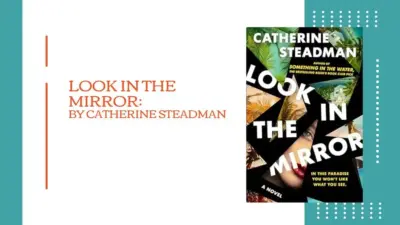With the success of “Batman: The Animated Series” (BTAS) in the early 1990s, Timm, along with Paul Dini and Eric Radomski, set a high bar for animated adaptations of the Dark Knight. Now, more than 30 years later, Timm returns with “Batman: Caped Crusader,” a series that aims to recapture the magic of the past while introducing a new generation to Gotham’s vigilante.
A Nostalgic Return to Gotham
“Batman: Caped Crusader” is set in a Gotham City that feels both familiar and refreshingly new. Drawing inspiration from Batman stories of the 1940s and 1960s, the series transports viewers to a noir-infused world where Bruce Wayne (voiced by Hamish Linklater) is still in the early stages of his crime-fighting career. This version of Gotham, with its dark deco aesthetic and larger-than-life character designs, harkens back to the visual style of BTAS, yet it stands out with its unique tone and modern storytelling.
The setting is a blend of the old and the new, evoking memories of the animated series that many fans consider the definitive take on the character. The show’s atmosphere is enriched by its meticulous attention to detail, from the retro design of Gotham’s architecture to the period-appropriate slang peppered throughout the dialogue. This approach creates a timeless quality, making Gotham feel like a city out of time, perpetually trapped in the golden age of crime fiction.

The Dark Knight’s Formative Years
At the heart of “Batman: Caped Crusader” is Bruce Wayne, a loner still coming to terms with the trauma of his parents’ deaths. This series presents a version of Batman that is colder and more distant than previous iterations, with his relationship with Alfred (Jason Watkins) portrayed as more of a formal employer-employee dynamic than the familiar father-son bond. This choice reflects the original comics by Bill Finger and Bob Kane, grounding the series in Batman’s roots.
The episodic nature of the show allows Batman to face a different villain in each episode, offering viewers a glimpse into the diverse rogues’ gallery that has defined the character over the decades. However, unlike BTAS, “Caped Crusader” delves deeper into the detective noir aspects of Batman’s persona, exploring his psyche and motivations with a level of introspection rarely seen in animated adaptations. This exploration of Batman’s mental state, while intriguing, sometimes feels shallow, leaving viewers wanting more depth and resolution.
Reimagining Iconic Villains
One of the standout features of “Batman: Caped Crusader” is its reinterpretation of classic Batman villains. Characters like Catwoman (Christina Ricci) and Clayface (Dan Donohue) are given more grounded and nuanced portrayals, fitting within the series’ darker, more mature tone. Harley Quinn (Jamie Chung) receives a completely new origin story, one that reimagines her character in unexpected ways, adding fresh layers to her mythology.
The series also introduces a gender-swapped version of the Penguin (Minnie Driver), a bold move that adds diversity to the cast and offers a new perspective on a familiar character. These reimagined villains help “Caped Crusader” carve out its own identity, even as it pays homage to the beloved animated series that came before it.
The Art and Sound of Gotham
Visually, “Batman: Caped Crusader” is a feast for the eyes. Bruce Timm’s iconic art style returns with a modern twist, blending the dark deco aesthetic of BTAS with new character designs that feel both familiar and innovative. Batman’s design, while mostly faithful to his original look, features subtle changes like slightly flared ears and shorter gloves, adding a sense of continuity with his early comic book appearances.
However, the series’ art style is both its strength and its limitation. While the nostalgic visuals will undoubtedly appeal to longtime fans, the lack of a truly new aesthetic might make it harder for the show to distinguish itself from its predecessors. The absence of Kevin Conroy’s iconic voice as Batman is also keenly felt, with Hamish Linklater doing an admirable job but inevitably drawing comparisons to the late voice actor.
The show’s score, while effective, doesn’t quite reach the heights of the music from previous Batman adaptations, such as Michael Giacchino’s work on “The Batman” or the memorable themes from BTAS. This, combined with the familiar art style, can make “Caped Crusader” feel more like a homage than a fresh take on the character.

A Promising Start with Room to Grow
“Batman: Caped Crusader” offers 10 episodes of intriguing detective stories that bring the Dark Knight back to his roots. The series succeeds in many areas, particularly in its character development and the way it reinterprets Batman’s rogues’ gallery. However, it also struggles to fully carve out its own identity, often leaning too heavily on the style and themes of BTAS.
Despite these shortcomings, “Batman: Caped Crusader” is a series worth watching, especially for fans of the original animated series or those who appreciate a good crime drama. With a second season already commissioned, there is plenty of room for the show to evolve and push boundaries, potentially becoming as beloved as its predecessor. For now, it stands as a solid, if somewhat familiar, addition to the Batman canon.
Also Read: Top 10 Deadpool Variants from Across the Multiverse



